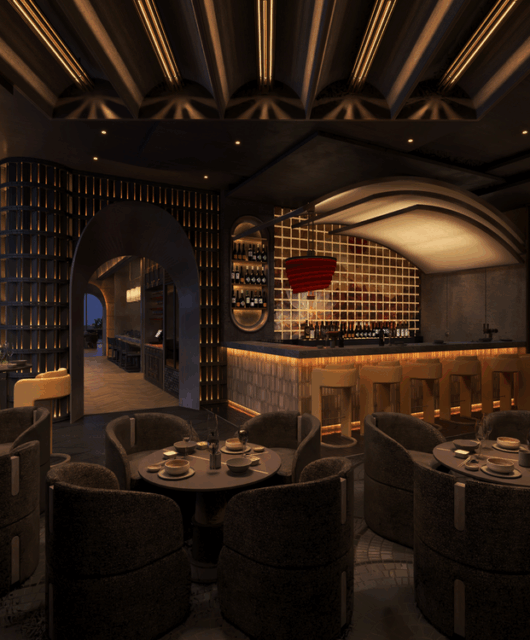The splendor of the sand dunes!

It’s a paradise in the desert! Jumeirah Al Wathba Desert Resort & Spa is set deep within the desert landscape, this luxurious resort is located 50 kilometres to the South East of Abu Dhabi, in an area where natural beauty abounds. 80 guest rooms, 10 suites, and 13 villas, inspired by traditional tents, offer a chic setting to relax in this rustic desert environment. The refined interiors incorporate traditionally inspired artwork and Arabesque accessories, alongside the latest technological features for contemporary ease.

Design Middle East took the tour of this amazing resort and discussed with the management team everything related to the design, décor, culinary experience, sustainability, and more. How proper design helps in delivering better service, both in guestrooms and in public areas? The rooms are designed to give a sense of space with careful attention paid to the materials used, to reflect the Arabian inspiration while I featuring modern enhancements. Every room and suite has their own private terrace or balcony, allowing guests to connect with the resort and the desert. Each building features hidden elevators that help maintain the authenticity of the architecture, while also providing additional accessibility for guests and service equipments. The architecture is inspired by the growth of Arabian village pathways that allow guests to explore the resort and discover the intricate detailing, while the intertwined staircases and passageways allow for speedy service of colleagues.
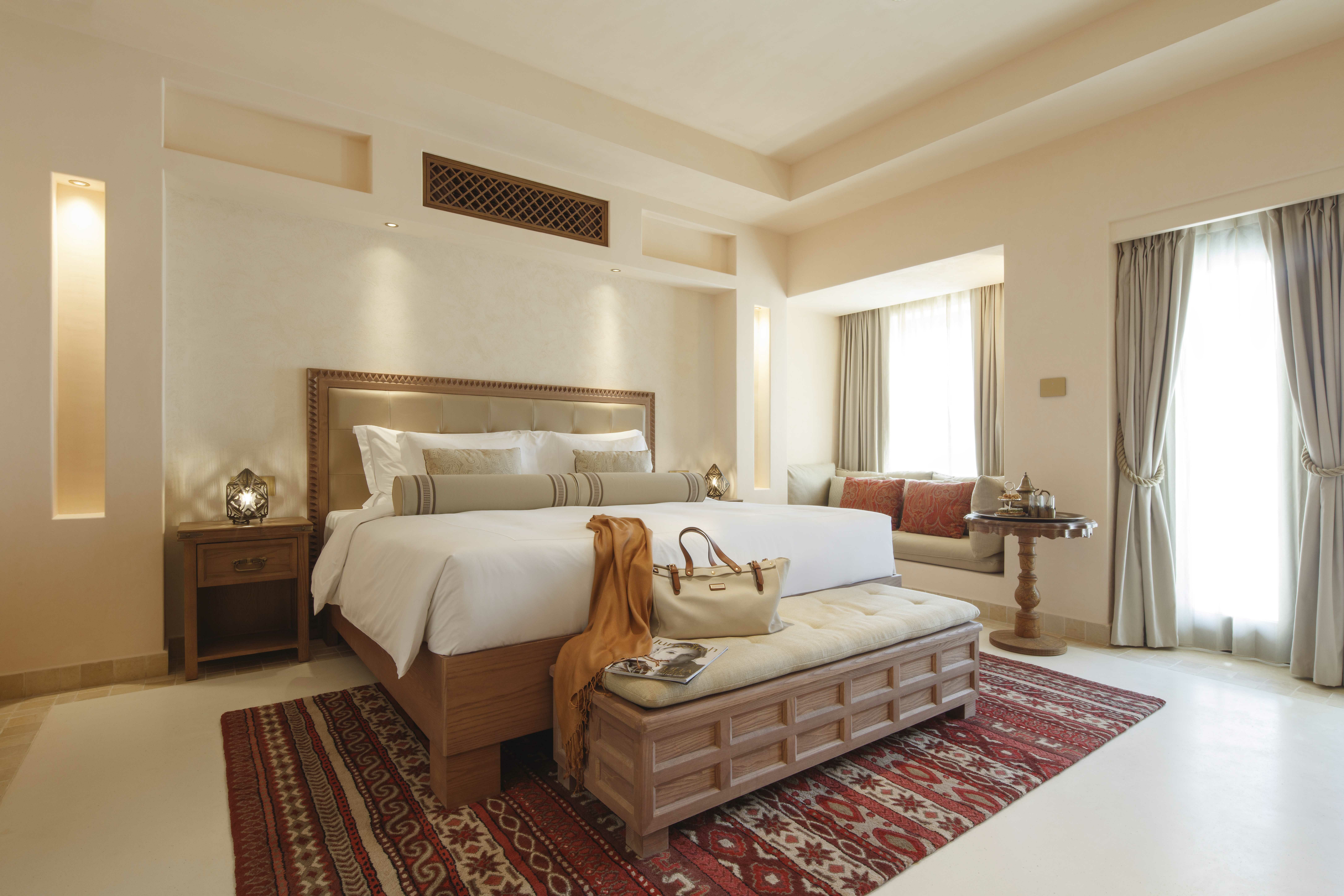
As a hotel, how do you remain a part of the local community, whilst still attracting guests from further afield?
As a part of the local community, Jumeirah Al Wathba Desert Resort & Spa includes local points of attraction in the guest experience, such as the Camel Race Track and Emirates Endurance Village, and also offers tours to the Al Wathba Wetland reserve and other key attractions in Abu Dhabi. Guests can also experience local traditions on the resort premises such as age-old techniques of basket weaving and bakhoor making.
Talk us a little through the Arabic influences in your designs for this hotel?
The design of the resort draws inspiration from the historic desert village, which has existed in this region for hundreds of years. The form and layout help create a village ambience consistent with these ancient developments, where the random organic arrangement of the buildings and streets create a unique sense of intimacy, while also serving a practical function of providing much-needed shelter from the desert sun and heat.
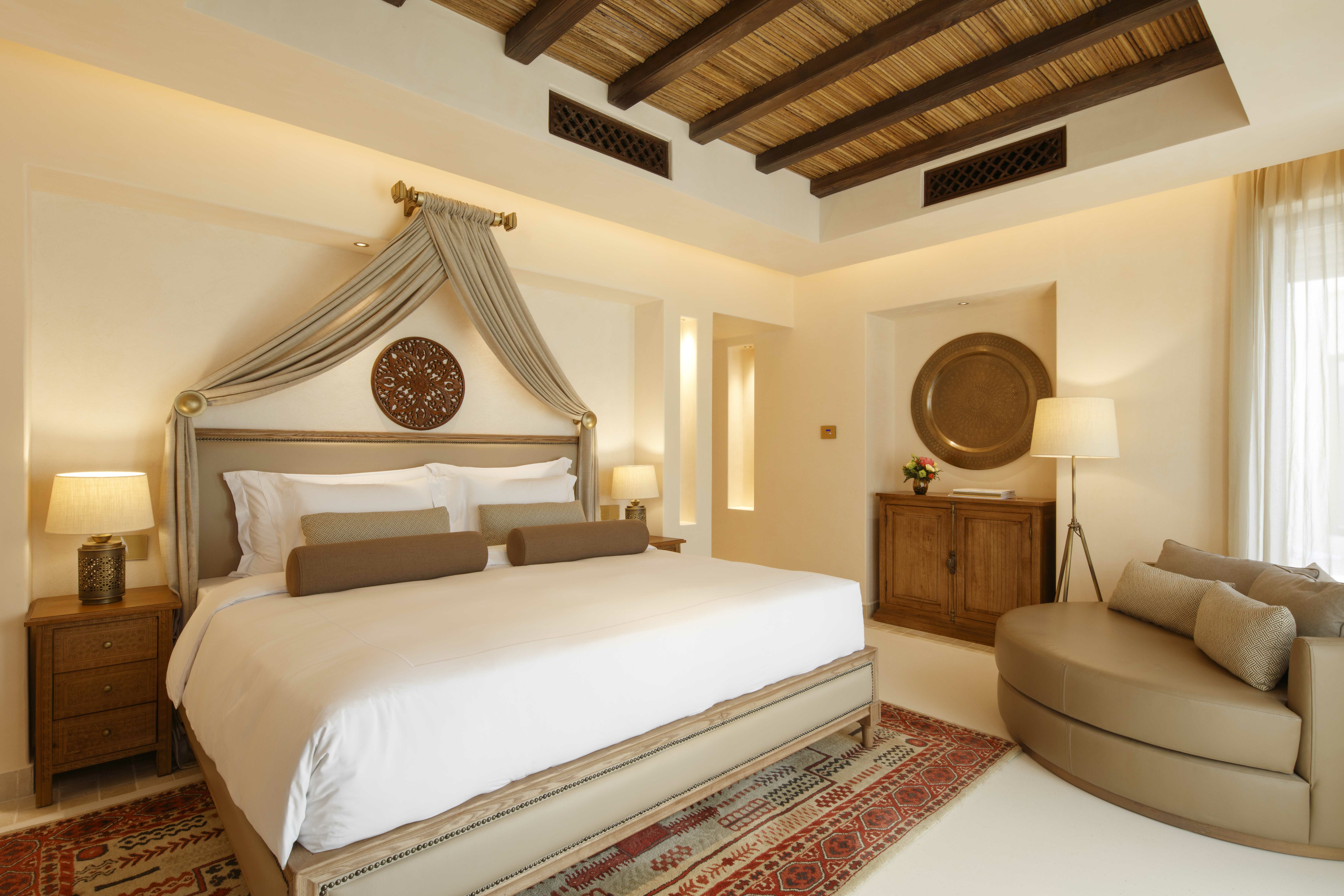
Tell us something about the restaurants at the resort and their designs?
Jumeirah Al Wathba Desert Resort & Spa features six restaurants and bars inspired by Emirati cuisine and Arabic design.
–– The signature Al Mabeet Desert Camp is an elegant interpretation and homage to nomadic living, capturing the Bedouin spirit. Set apart from the resort, the organic shape of the camp resembles the dunes of the desert in which it is embedded. Live Arabic music filters through and local delicacies are served for dinner.
–– Hayaakom is the lobby lounge at Jumeirah Al Wathba Desert Resort & Spa. Meaning ‘welcome’ in Arabic, Hayaakom sets guests up for a great arrival to the resort, one that is just like the entry hall of an intimate yet luxurious family desert house. Hayaakom features the main entrance with a beautiful water fountain and an impressive chandelier where guests are first greeted when they step into the resort.
–– Bait Al Hanine is conceptualised as the resort’s gathering place, emulating old Bedouin traditions of eating and sharing food together. Bright and spacious, with different sections as well as an indoor and outdoor space, chefs offer a taste of Arabia where flavours of the desert are brought to life. Classic Lebanese dishes are made in big open-style kitchens showcasing charcoal kebab grills and a traditional Saj oven.
–– Terra Secca is an upscale trattoria set in the midst of a boutique desert resort. Full of Italian charm and warmth, the design blends rustic finishes with contemporary accents, resulting in an atmosphere that is beautiful and sophisticated.
–– The magic of the desert comes to life at Al Mesayan, a rooftop bar on the first floor overlooking the infinite Arabian desert, where sunsets are simply breathtaking.
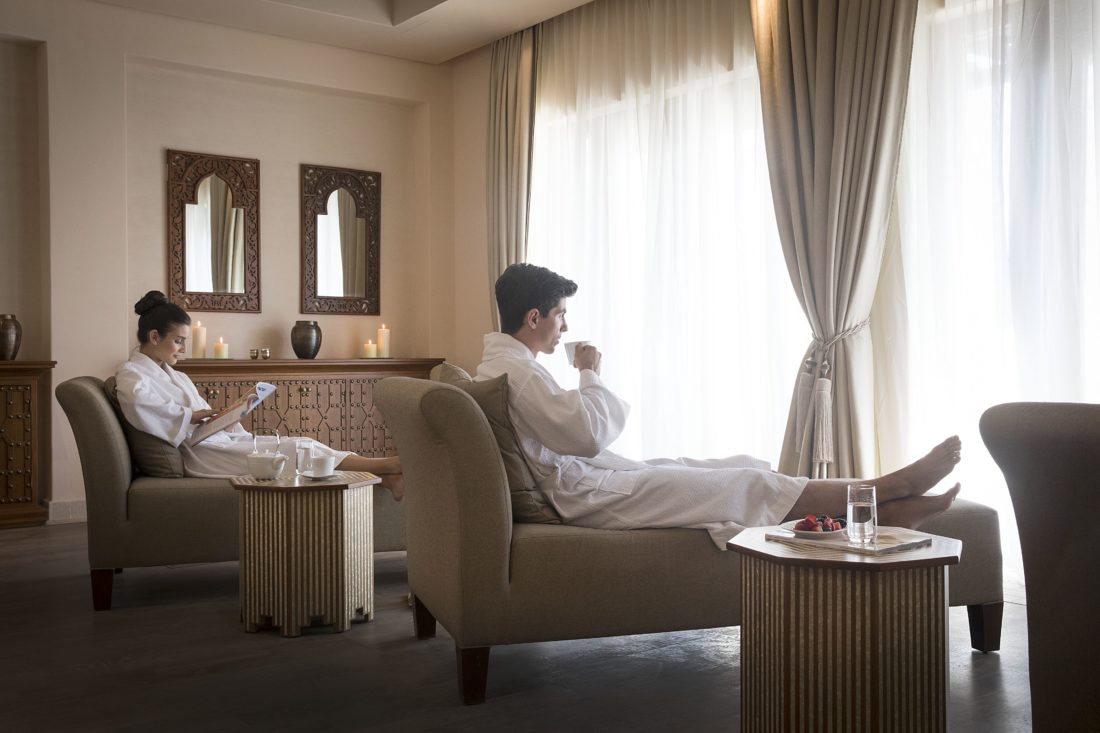
What is one thing/area guests must try when they are at the resort?
Here are some standout features that add to an unforgettable experience:
• The heart of the resort —1,000sqm infinity pool overlooking the desert is the must-try spot on the resort
• The Cryo Room at Talise Spa- one of the regions foremost all-encompassing Cryotherapy facilities, where guests can relax and rejuvenate as they take in the tranquillity of the resort.
• Discover the desert with activities inspired by local traditions and culture.
What difficulties come with maintaining a luxury hotel in a desert region?
The elements play a big role in the maintenance of the resort, but with a highly trained team, we try to ensure a memorable, relaxing, and unhindered guest experience.
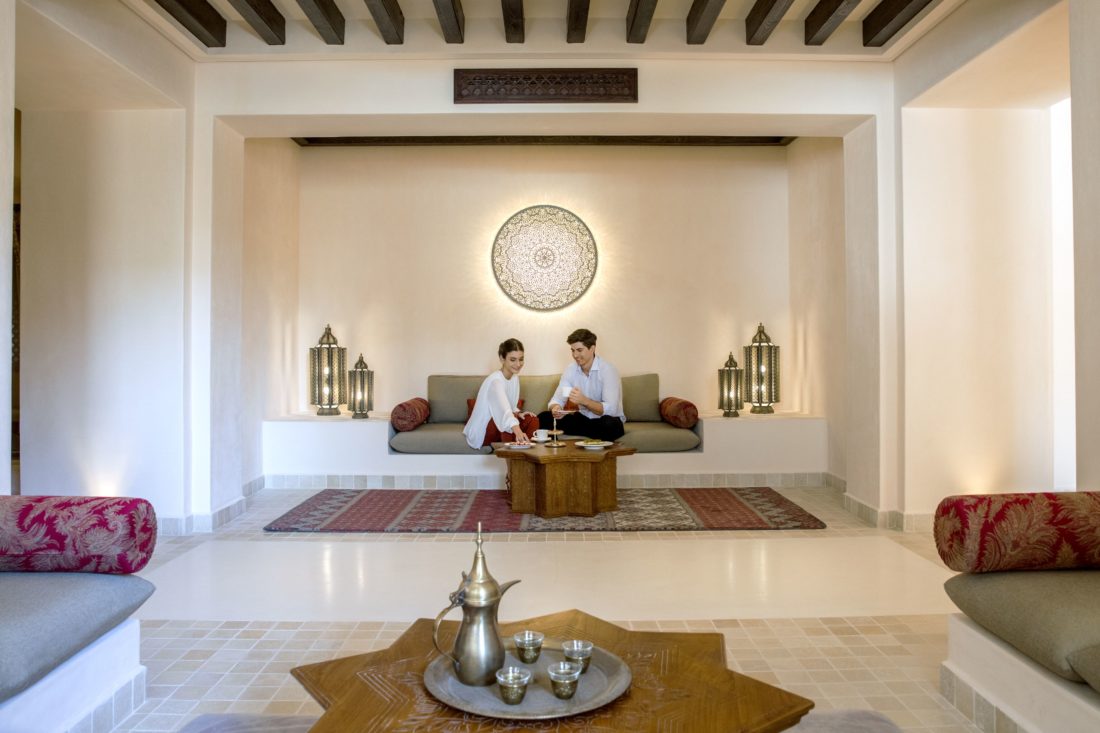
How technology is enhancing the consumer experience?
Technology plays a big role in providing facilities like the Cryo treatment room and snow cave, which offer guests an experience unique to the resort. A newly introduced E- butler system allows guest to interact and request services from the palm of their hands. While there are various new technological enhancements across the resort, the key is to allow guests to retreat from the city life and immerse themselves in an authentic experience.
Is sustainability important for the resort? If so, how do you work it into your designs?
The resort is built between protected sections of fossilised dunes. Keeping that in mind, the resort team ensures that we maintain and protect the dunes in the activities that we offer. From fatbike rides to horse riding, the activities allow us to preserve the resort natural environment and maintain the delicate balance of the flora and fauna. The resort also takes time to plant trees that are indigenous to the area like the Ghaf Tree, which is the national tree of the UAE.

